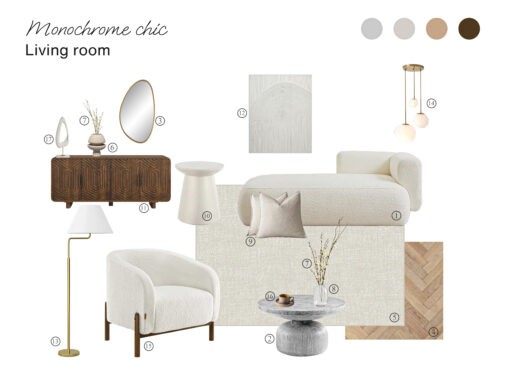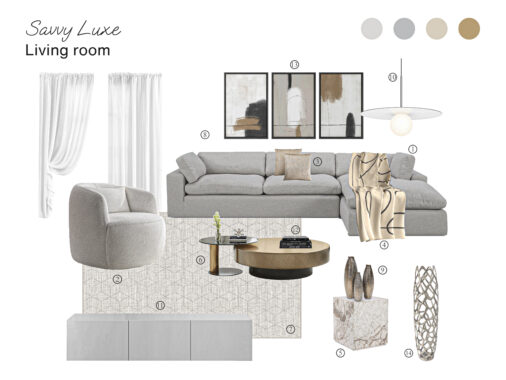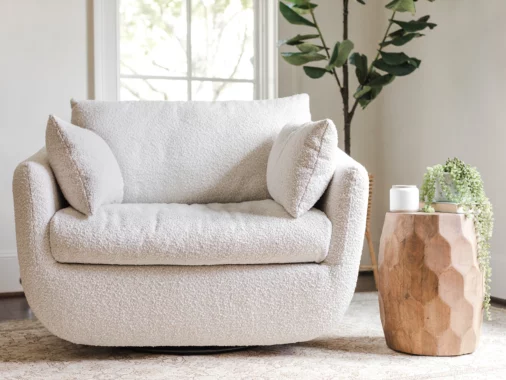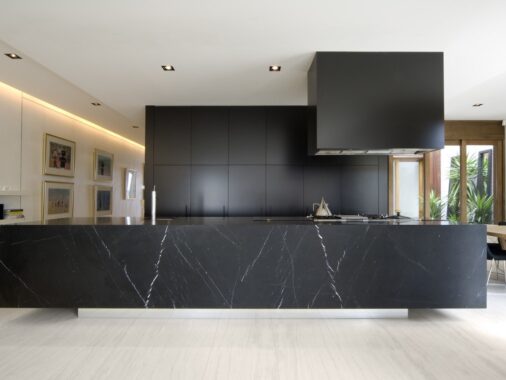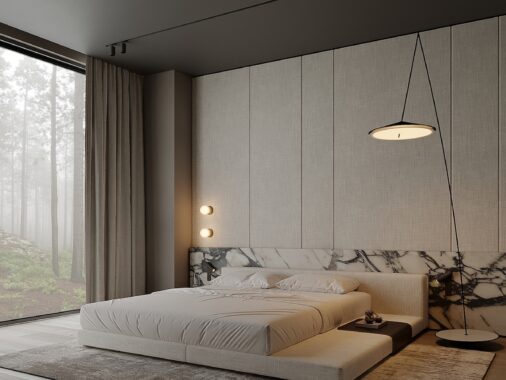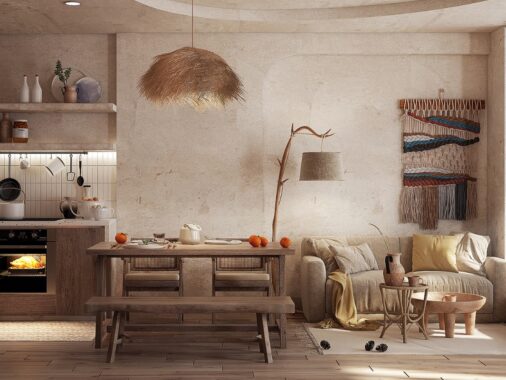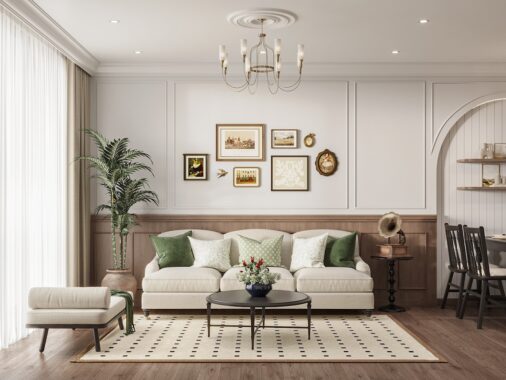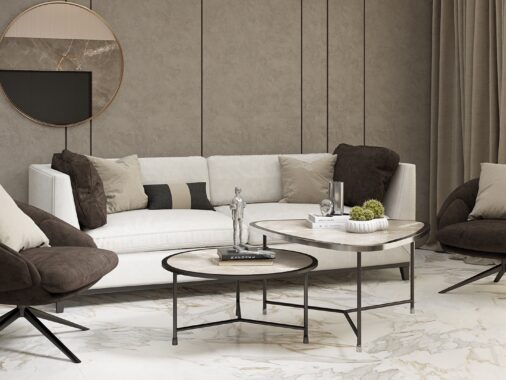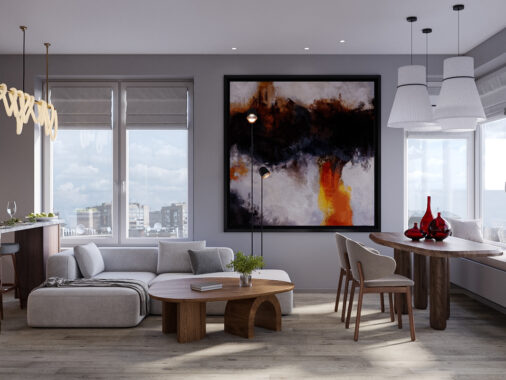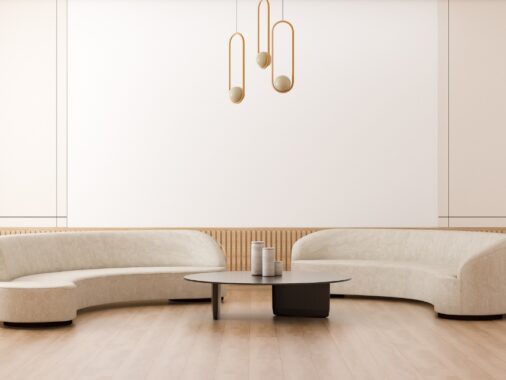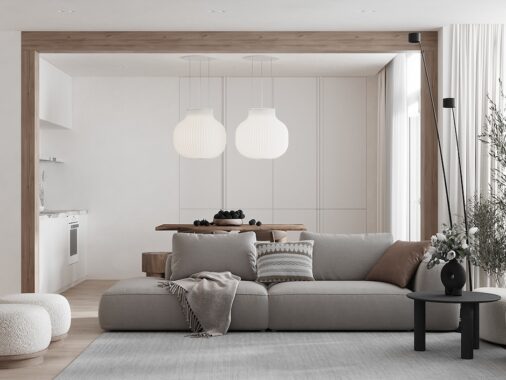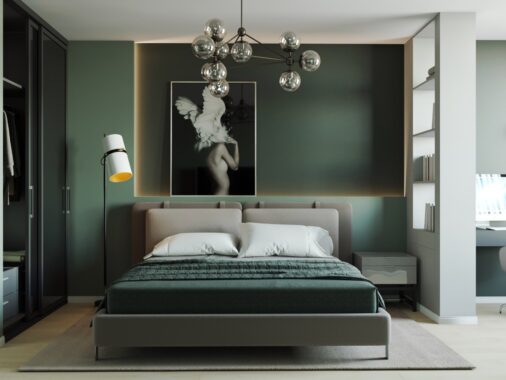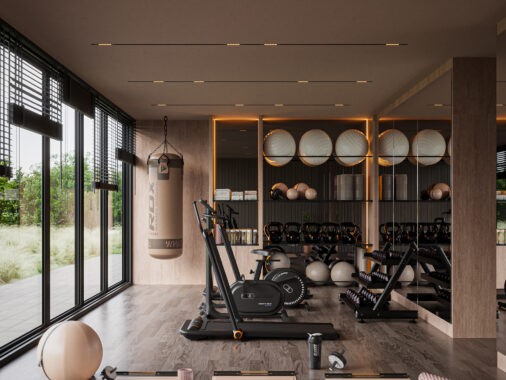Small spaces present both design challenges and opportunities to create cozy, stylish, and functional environments. Whether you’re living in a compact apartment or working in a snug room, furnishing it with the right furniture can change everything.
In this article, we’ll explore various strategies and suggestions for choosing furniture that will fit especially well in small spaces. Here’s everything you need to design a small space that feels both spacious and organized, without cluttering its visual appeal
1. Measure Your Space: Start with Precision
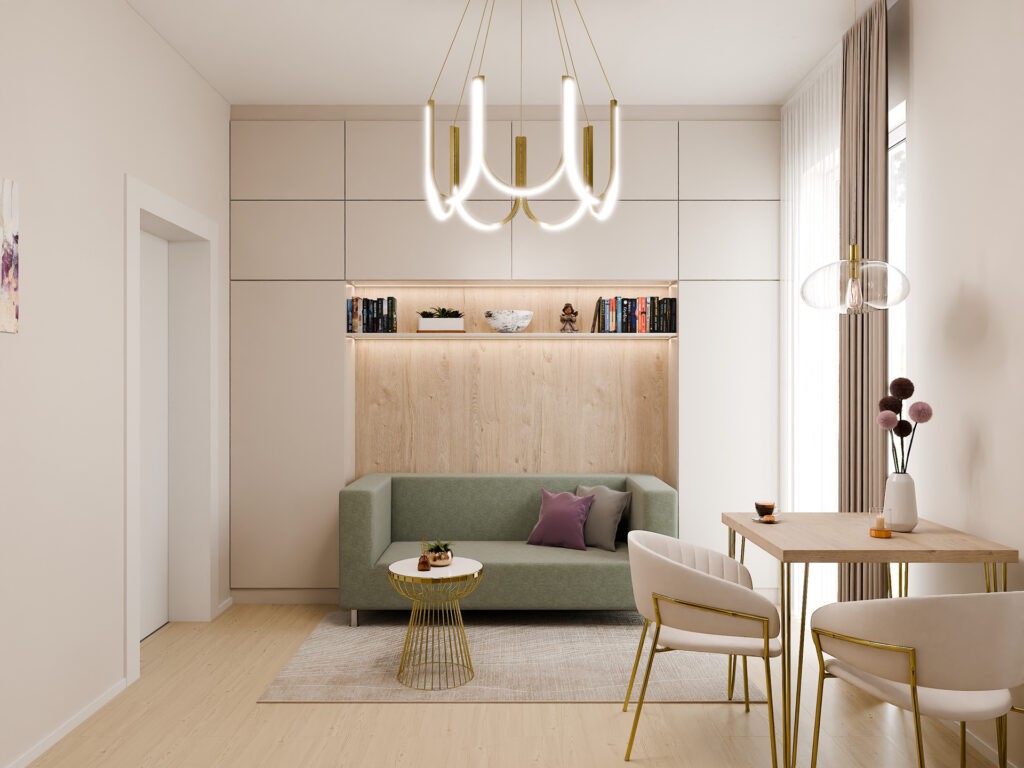
Make sure to measure each of your rooms before you buy furniture. This is the most important step when dealing with small spaces. It also means that you’ll be able to direct everything you purchase into appropriate locations that fit well without overwhelming or leaving awkward gaps in the room.
Some key areas to measure are:
Wall lengths: This is crucial information for such items as sofas, tables, and storage units.
Door and window openings: Make sure that the furniture can be moved in without difficulty, and that it doesn’t block any windows.
Clearance for pathways. Leave about 18-24 inches of space around the furniture in high-traffic areas to maintain the flow.
Ceiling height. This could be important if you plan to hang towering bookcases or shelves that require vertical storage.
Once you’ve measured, sketch a floor plan on paper or use a room planning app to think through where each piece will go. This can save you from making costly mistakes, and ensure that every inch of your living space is used effectively.
2. Embrace Multifunctional Furniture: Maximize Versatility
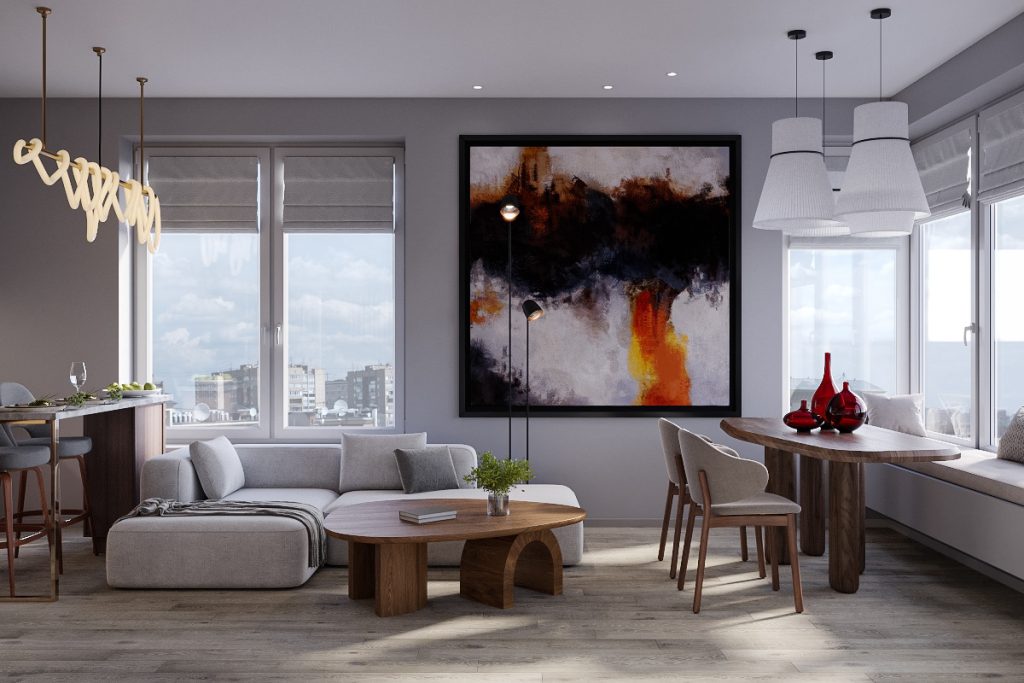
Multifunctional furniture is the way to best utilize space in a small room. Multifunctional furniture makes clever use of space thus saving you from the frustration of too many things occupying your home. These pieces are manufactured to transform and adapt, so one piece can provide many more uses.
For example, a sofa bed is ideal for studio apartments. By day, it is a cozy place to sit and unfolds into a large sleeping space at night. Ottoman chairs with hidden storage can be used as extra seating, footrests, and even a coffee table and yet provide an always-handy place for storing blankets, magazines, the remote control, or any other such household essentials.
One of the most common pieces of multifunctional furniture that homes use is a fold-out desk or table. The draperies can be easily hidden when not in use, thus allowing the floor beneath them to be used. That means buying furniture that serves more than one purpose, so if you need to do less buying then look for things that can be used in more than one way as opposed to having a single item solely for each use.
3. Prioritize Vertical Space: Look Up for Storage Solutions
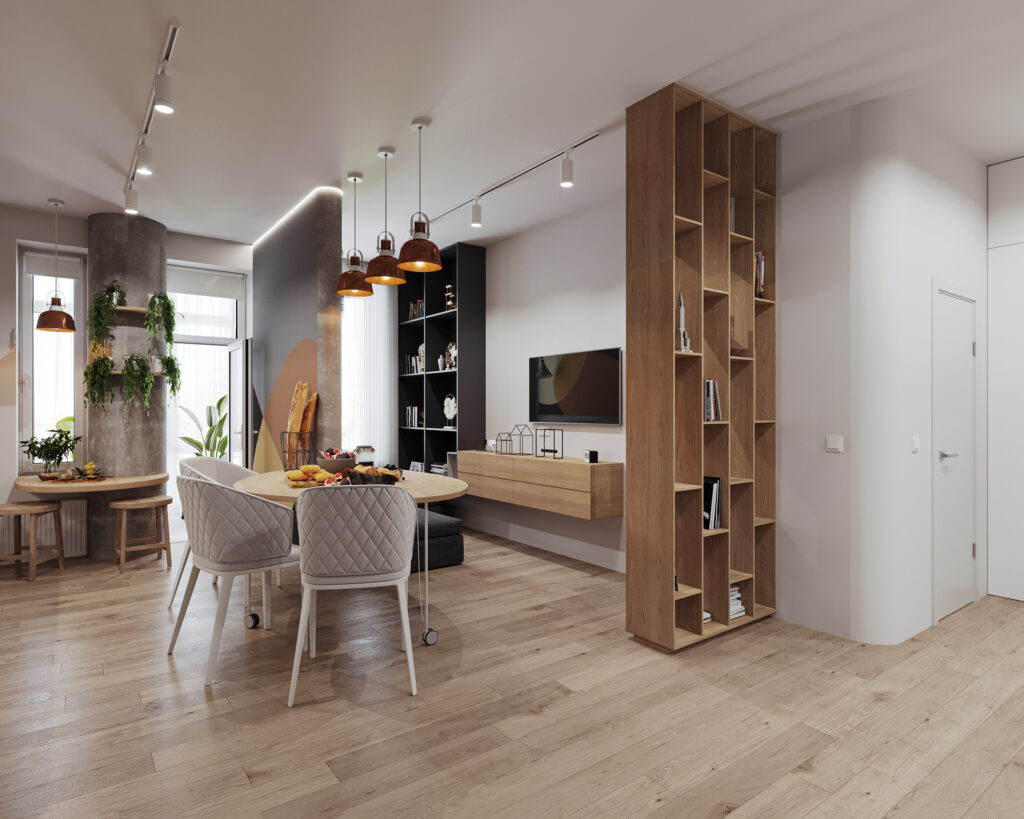
When floor space is limited it is vital to think vertically. Using vertical space can help to make room and maximize every inch of your space. Shelves, cabinets, and hooks are a few wall-mounted storage solutions that can keep things from becoming a mess while still leaving them accessible to the people in your house.
Opt for tall bookshelves or storage units that reach the ceiling to get as much storage in without taking up too much floor space. Floating shelves in the living room or kitchen can display décor, cookware, or plants. For example, you can fit a tall wardrobe with vertical shelving to store clothes, shoes, and accessories neatly in the bedroom or wall-hung hooks for bags, jackets, or hats.
Moreover, hanging art or mirrors at the top of a wall visually heightens the ceiling and opens up a space. Large plants can also add dimension and height to your design.
4. Scale Down: Choose the Right Proportions
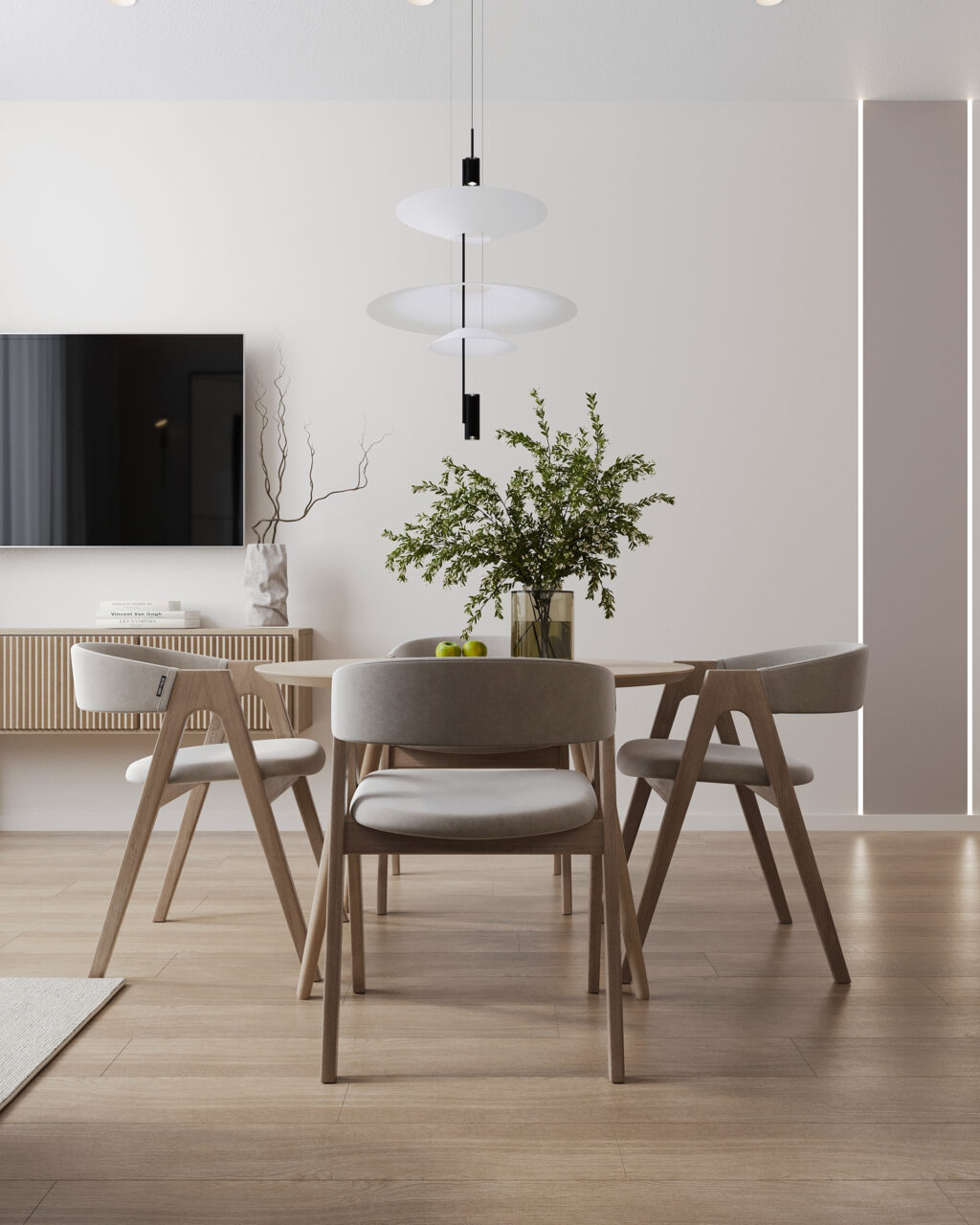
In small room design, you must steer clear of large furniture when possible. Large furniture can make your space cramped and feel even smaller so avoid using it. Too small and minimalistic of bits, on the other hand, would make it seem incomplete or lacking substance. For a beautified look, opt for more average-size items that can fill the room without taking it over.
Opt for low-profile, slim furniture instead of bulky sofas and coffee tables. A coffee table and sofa with slender arms and visible legs will open up the room, making it seem less confined. Instead, use armless chairs or loveseats that can provide seating but only take up minimal floor area. In the bedroom, consider a platform bed with built-in storage rather than a traditional bed frame that consumes valuable square footage.
Additionally, to keep balance, try not to block windows or walkways with big furniture pieces. A clear path of movement and access to natural light is crucial in preventing a small space from feeling cluttered or claustrophobic.
5. Invest in Modular Furniture: Flexible and Customizable
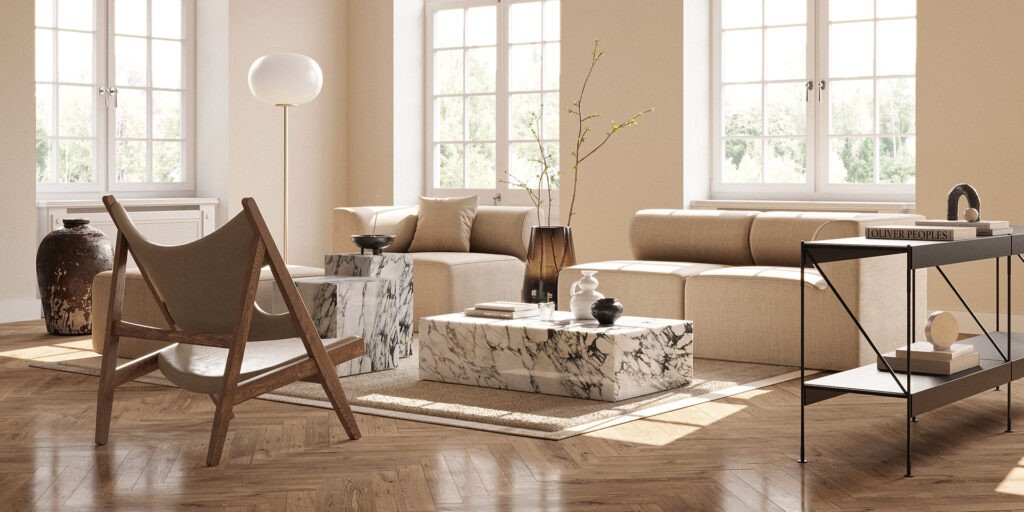
Modular furniture is all about flexibility, and hence perfect for small spaces with changing requirements. Modular sofas are an example; they consist of individual sections that can be moved around to accommodate the room. You can begin with a small setup and always build upon it or move the modules around to form different seating configurations, ideal for any scenario.
Similarly, modular shelving systems can be adjusted to fit your storage needs and the available space. If you need more shelves for books or storage compartments for décor, these systems offer custom solutions to effectively cater to your needs
The versatility of modular furniture lies in its ability to adapt easily when you’re moving or reorganizing, eliminating the need to buy new furniture.
6. Choose Light and Neutral Colors: Enhance the Sense of Space
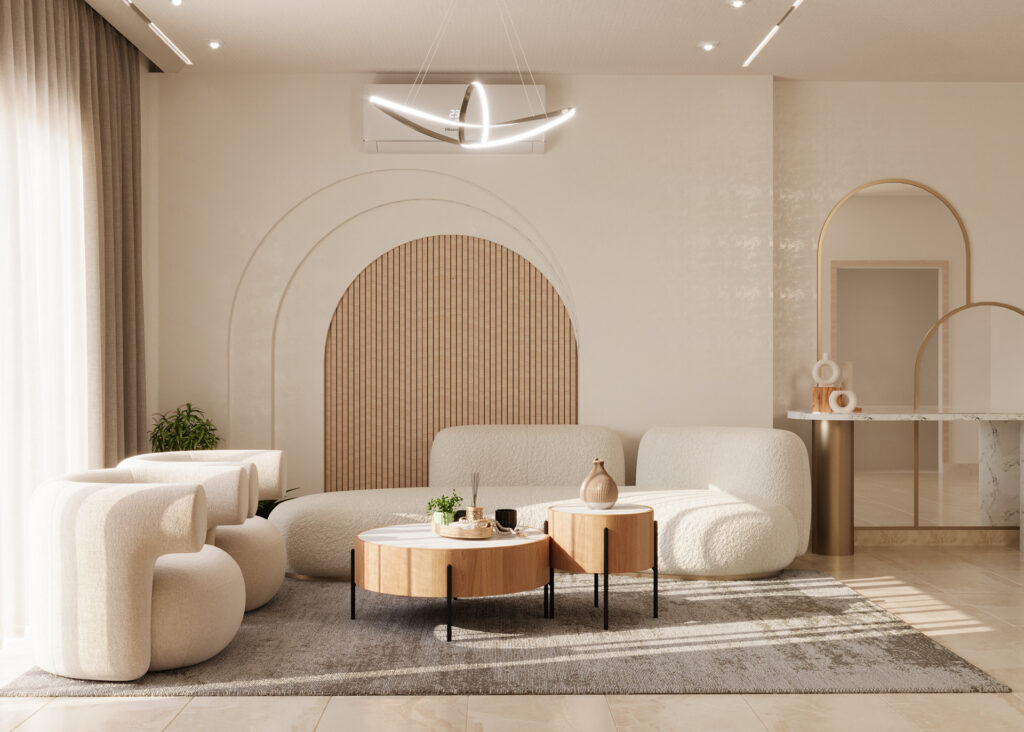
Light colors are reflective and brighten up any room, making it look spacious, while dark tones recede into the background making a room less airy. Select small-scale furniture pieces in light or neutral upholstery — either white, beige, ultra-light gray, or light pastels. These colors reflect more light, making the room appear brighter and more spacious.
To avoid monotony, add contrast with accent colors through accessories like cushions, throws, or rugs. A light sofa can be teamed up with colorful throw pillows and a neutral bed can be layered with a character-driven duvet cover. A sense of equilibrium is achieved with light furniture and accents of color which help to animate the space without overcrowding it.
In addition to serving as light reflectors, mirrors can make a room appear larger by bouncing light around and seeming to add depth. A huge mirror on one wall adds depth to even the double size of a small living or bedroom.
7. Opt for Furniture with Built-In Storage: Declutter Effectively
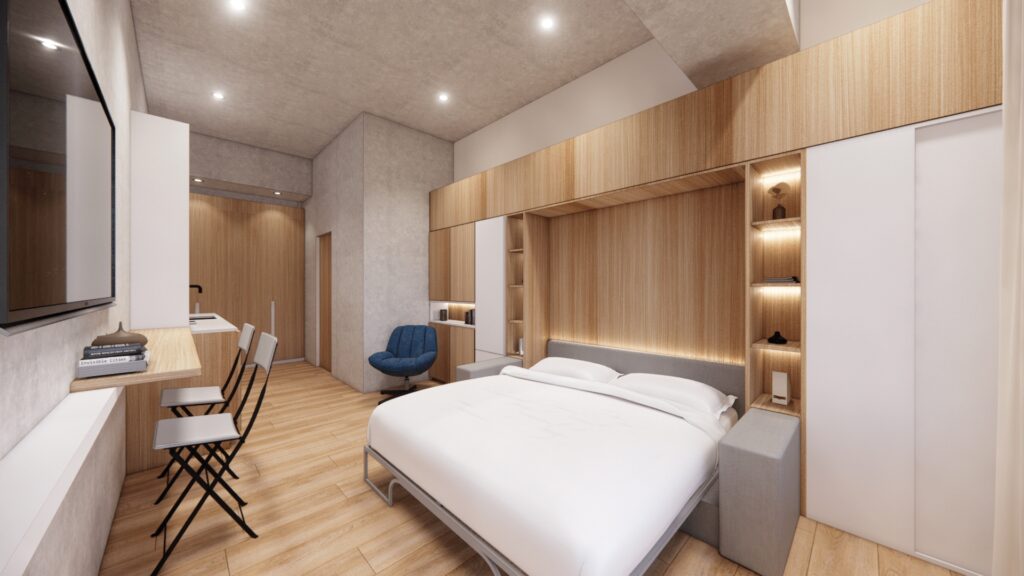
Storage is often a major concern in small spaces, but cleverly designed furniture can help solve that issue. Consider a storage bed, which includes drawers or compartments tucked beneath the mattress to house linens, clothes, or shoes. In living rooms, coffee tables with storage or TV consoles with shelves help hide electronics, books, and other items, keeping surfaces clutter-free.
In the dining area, consider banquette seating with built-in storage under the benches, offering extra room for kitchen items or seasonal décor. You can also opt for wall-mounted shelving units that don’t take up floor space but provide ample storage for books, plants, or decorative items.
The idea is to integrate storage into your furniture choices rather than relying solely on standalone cabinets or shelving, which may consume more space. To maintain a neat and organized look, prioritize hidden storage over open shelving, which can easily become cluttered.
8. Create Zones with Furniture Placement: Define Your Space
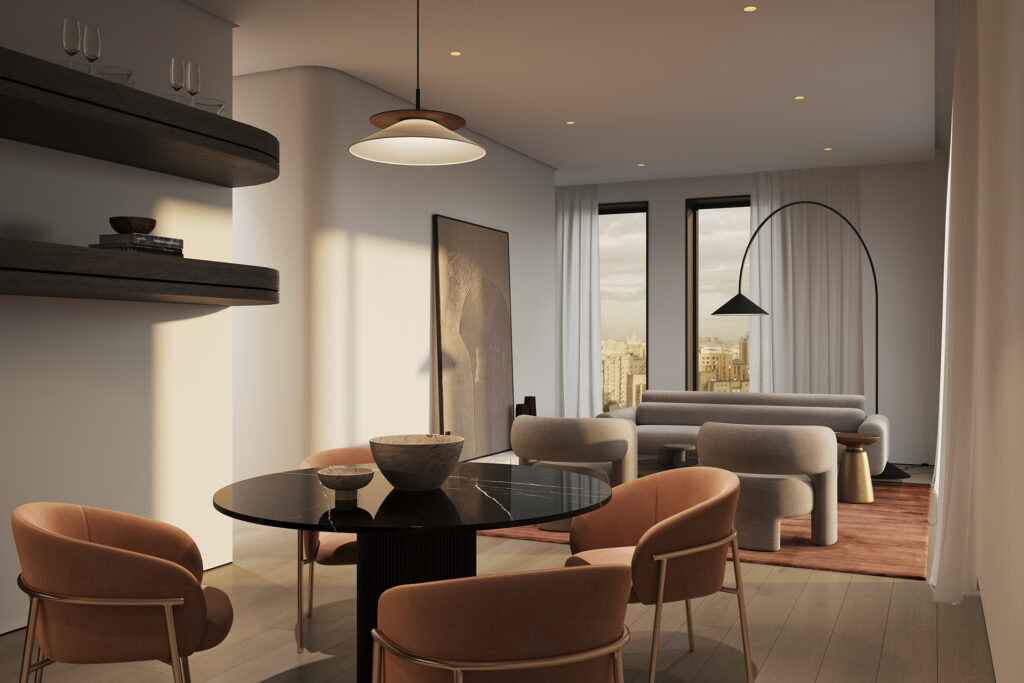
Small spaces often serve multiple functions, which can make them feel cluttered or chaotic. By using furniture to create defined zones within the room you can bring about a sense of order, and add an air of organization.
For example, in a studio room space that is open plan, you can use a sofa or shelving unit to divide the living and dining areas. A rug under the bed marks its zone as a bedroom while a desk before a window makes it into your very own workspace.
In small spaces furniture placement is everything. Be sure that paths remain open from one area to another and that the furniture does not impede movement. Arrange the furniture thoughtfully to distinguish between spaces while maintaining an overall sense of proportion.
9. Choose Light Airy Furniture
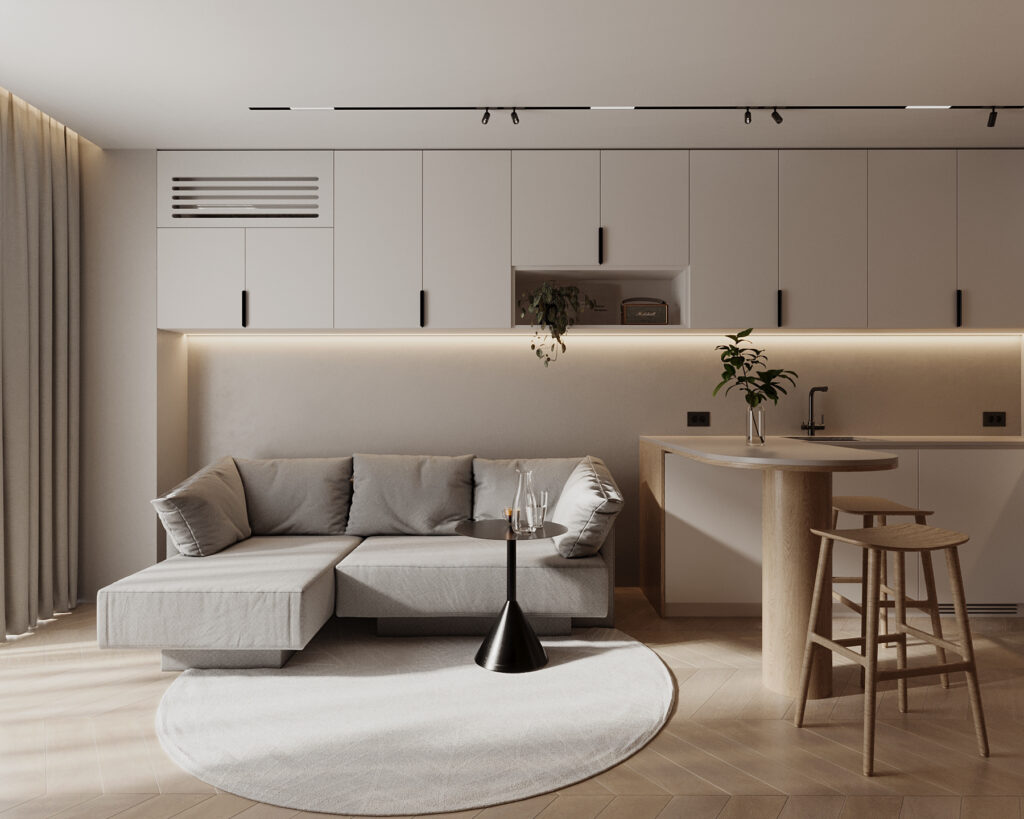
Light and airy furniture is the only way to go when furnishing a small space. Pieces like these can greatly change the atmosphere of your room. This kind of furnishings create an expansive feeling, making your snug area seem more open and welcoming.
Furniture with exposed legs, such as sofas and chairs, allows light to access through underneath, contributing to a less crowded feel. Avoid heavy, solid pieces, which can lend a sense of oppression; look for minimalist designs with clean lines that enhance the sense of openness.
Color is also important in creating a spacious feeling. Choose white or neutral tones—for example, light beige and gray—for your furniture. In addition, consider using light materials such as glass or acrylic.
Transparent furniture not only provides function but also visually “disappears,” allowing the space to feel larger. Pieces like glass coffee tables or clear chairs are perfect for maintaining an open and breezy atmosphere.
10. Opt For Mirrors And Reflective Surfaces
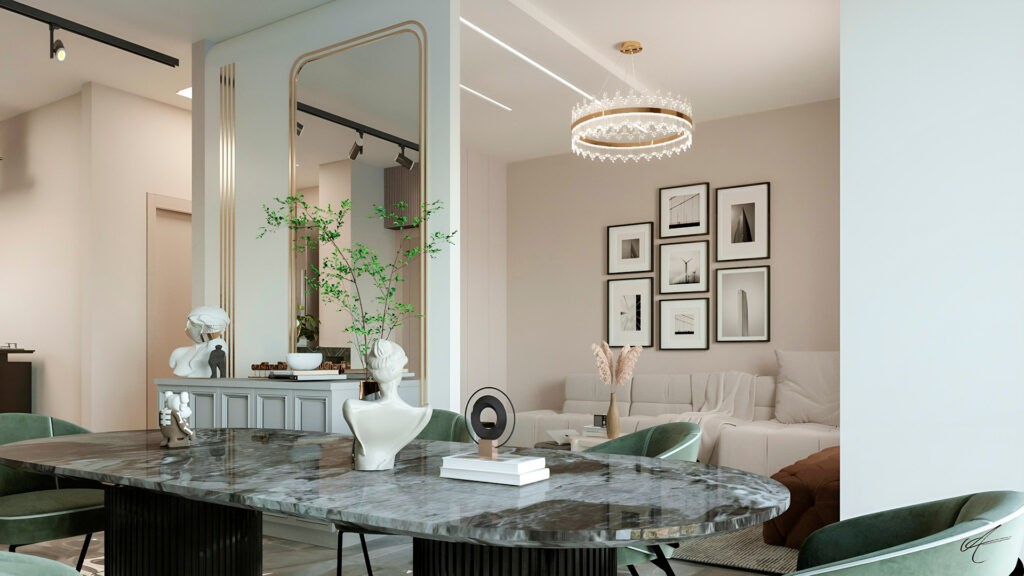
Mirrors and other glossy finishes, where light can be mirrored everywhere at once, are the ultimate tools for visually enlarging small spaces. Not only do they catch the eye, but they also create the illusion of depth, making the room appear larger.
Incorporating mirrors into your design can dramatically alter how you perceive space. A large mirror placed strategically—such as across from a window—can reflect natural light, brightening the room and amplifying the feeling of openness. This simple addition can transform a dark, cramped area into a light-filled haven.
Reflective surfaces, such as glass tabletops or metal accents, amplify the effect. They catch the light and throw it all around the room, embellishing brightness while adding a more open feel to its ambiance. Consider pieces like coffee tables and dressers with glass or mirrored finishes, as they add a little elegance and ensure that your space does not feel cluttered.
However, be sure to carefully consider the placement of mirrors. A mirror mounted on the wall in a narrow hallway makes it appear that it is wider, and decoratively framed mirrors can serve as focal points in living rooms or bedrooms.
11. Utilize Nooks and Corners
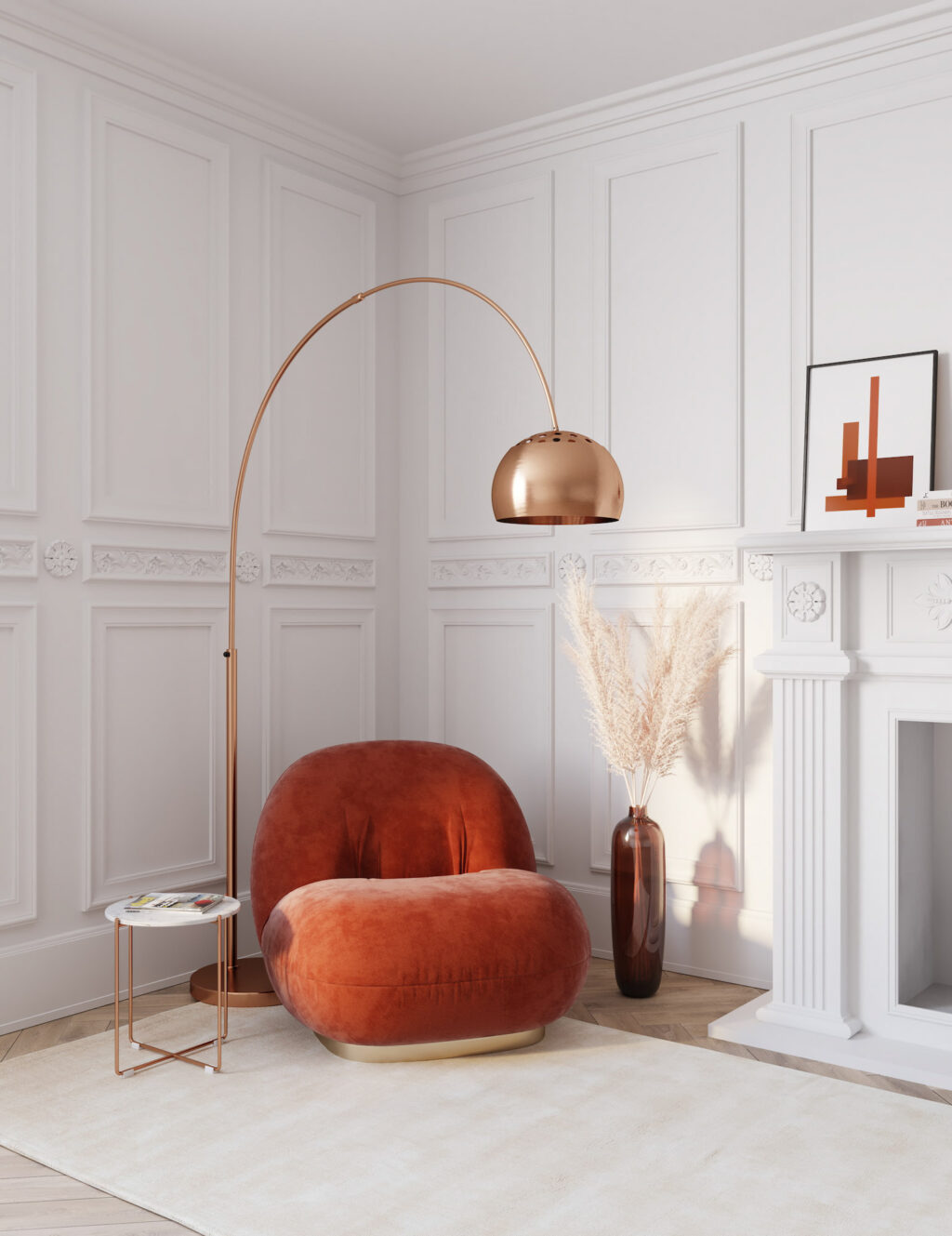
Small spaces often come with unique architectural features, like nooks and corners, that can be easily overlooked. However, these areas present excellent opportunities for maximizing functionality and style in your home. By strategically utilizing nooks and corners, you can create cozy, functional spaces that make the most of every inch.
Start by assessing any underutilized areas in your home. A small nook can become a cozy reading corner with a comfortable chair and bookshelf. A lamp and some cushions can turn this space into a cozy retreat for relaxation or study.
When it comes to decorating nooks and corners, there’s no need to be shy about adding personal charm Use artwork, plants, or decorative items to enhance the area and make it feel intentional. Lighting is crucial, too—consider wall sconces or small lamps to create a warm and welcoming atmosphere.
Wrap Up
Designing for a small space has its unique challenges, but it also provides opportunities that are exciting and full of imagination. By selecting furniture that fits just right, you can transform a cramped area into a functional and elegant hideaway.
At Home Designing, our goal is to inspire and empower you to create a home that reflects your style, even within limited square footage. With thoughtful planning and a focus on the right furniture choices, you can design a small space that feels expansive, functional, and uniquely yours.
